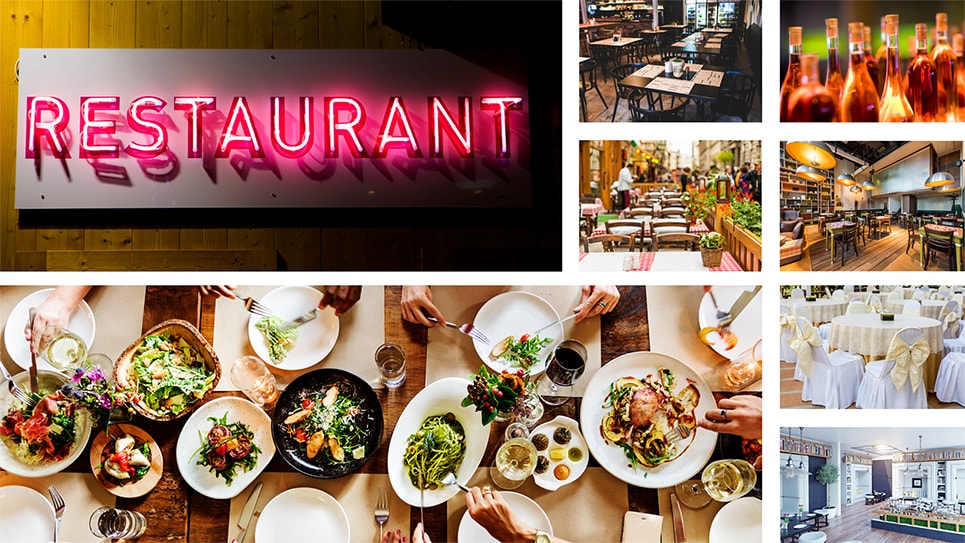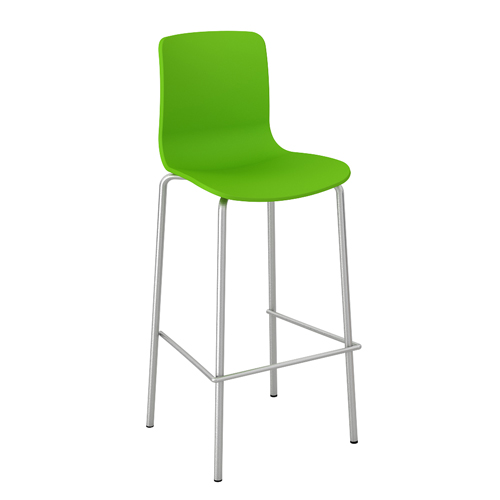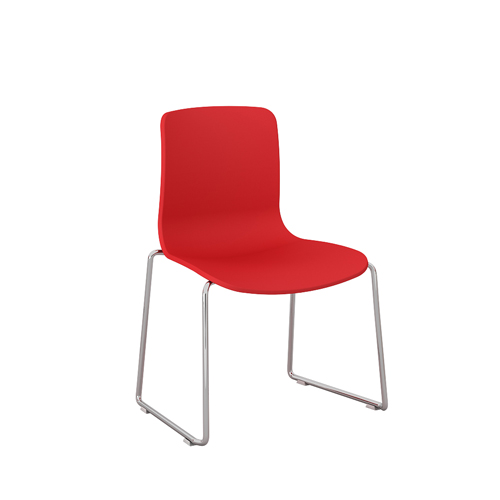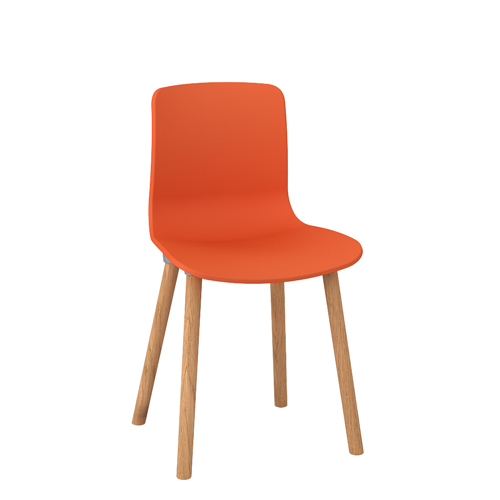
Finding the right location for your restaurant is just the beginning. The real work starts when you start furnishing and decorating your restaurant to ensure it attracts the interest of passers-by and makes your customers feel at home.
Getting the layout and design of your Australian restaurant right depends on more than just good interior design knowledge. You need to keep your target customers in mind and think about what they want to see in a restaurant.
More importantly, restaurant interior design should be done in such a way that it encourages not only up-sells but also repeat visits.
Remember that offering the very best food and providing top-notch service is not enough. Diners also want a great ambience, comfortable seating, and an overall pleasant experience they would want to go back to over and over again.
So, to ensure you’re on the right track, here are 5 helpful restaurant layout and design tips for your Australian restaurant:
1. Select a colour palette
Do you want to create a casual, fine dining, bistro, or buffet restaurant, or do you have unique cafe layout ideas to achieve a modern design? No matter the type of restaurant you envision, you need to select a colour palette that you’ll use as a basis for your restaurant design ideas.
Just like in other industries, colour psychology is used in the food industry because certain colours elicit neurological responses. This is why businesses in certain industries use somewhat similar colours – just look at the pervasive use of red in the food and beverage sector.
Red is one of the most popular warm colours – aside from the oranges and yellows – that have been shown to whet a person’s appetite. However, if you opt for warm colours, make sure to select muted earth or rich, deep tones to get the desired effect.
Avoid bright yellows or using the same colour throughout. Pale or pastel yellows, pinks and oranges are usually appropriate for yogurt shops and trendy cafes. However, rich dark or natural wood tones are typically associated with classic restaurant settings, such as steakhouses and high-end establishments.
Black and white usually work as accents to other colours, while blue and purple are known to reduce hunger and increase thirst – which is precisely why these colours are popular in bars, seaside restaurants and nightclubs.
The colour palette you choose will guide your design decisions and selections. It should also be appropriate to the atmosphere you want to create, the food you serve and the diners you want to attract.
2. Add visual interest
While restaurants are still places for eating, the digital age has also turned them into Instagram photo-op locations. If it’s in keeping with your restaurant theme, include an accent wall or a focal point featuring unique or special standout furniture pieces that also reflect your restaurant theme.
It can also be a work of art, a photo collection or water feature. Just make sure it does not detract to what your restaurant is all about. A good statement piece like a brightly coloured leather chair can help make your establishment more memorable. Just make sure to place it in a prominent or high-traffic area so it gets the attention it deserves. It can even become a conversational piece for people waiting to be seated.
3. Provide stylish and comfortable seating
Chairs are both functional and decorative furnishings. They can make the dining experience comfortable and relaxing, along with the music and lighting.
Imagine going to a restaurant from work for dinner and being made to sit in undersized or rickety chairs – it won’t be long before the manager gets called out on this.
Also, uncomfortable restaurant chairs will drive people away, leading to a reduction in dwell time. People won’t linger and might not come back, which can mean losses in potential revenue.
Comfortable and fashionable chairs also help enhance the overall look or theme of a restaurant, but remember to stay consistent with the style. Placing random chairs here and there will ruin your restaurant setup.
Here are three suggestions you may want to consider for a modern ambience:
4. Keep the space functional
Restaurant space is valuable, so you need to think strategically when it comes to designating space for different service areas.
The restaurant floor plan you implement should allow for the efficient, safe and smooth movement of your wait staff from the front to back of house, while also ensuring the comfort of your guests.
Also, while the layout must naturally lend itself to profitability, avoid positioning restaurant tables too close together. Always think from your diners’ point of view and make sure your restaurant floor design is not only aesthetically pleasing but also professional and functional.
You’ll also want to get the best from sections that cannot be allocated for diners. You can use these spaces to showcase products such as wine, cakes and pastries. Keep these items where most diners can see them, so that whilst conversing, they’ll be unconsciously drawn to your products. This may prompt them to order these for later.
5. Get the lighting right
Lighting does so much more than to simply illuminate the space.
In restaurants, lighting plays a crucial role in enhancing the ambience, improving the way food looks when it is served and attracting people who are passing by. It can also hide cosmetic flaws and provide a warm, welcoming vibe.
As a guide, consider the following types of restaurant lighting:
- Ambient lighting: This refers to the general restaurant illumination, and it contributes to the overall ambience or mood in your establishment.
- Task lighting: This is a functional or task-based type of lighting that you’ll find in the kitchen and other back-of-house work areas. It’s also the type of lighting used to illuminate pathways, buffet stations and salad bars in restaurants with low lighting.
- Accent lighting: This type of lighting is primarily decorative, and can be used to add drama or to highlight a focal point or features of visual interest.
Warm lighting can help make your restaurant a cosier place, encouraging soft, intimate chats, and may even encourage customers to eat more. So, choose your light fixtures carefully and consider the style and theme of your restaurant during selection.
Design with confidence
Furnishing a restaurant and maximising available space with the right layout is a challenging task.
However, with the restaurant interior design tips shared here, you’ll be able to tackle this job with confidence.
If you need professional input in selecting the best chairs that’ll work with your restaurant theme, please reach out to us at Arteil.
We can even customise your restaurant chairs to perfectly complement your vision.
We have over four decades of chair design and production experience under our belts, and we’re always ready to help.



